Introduction
The Sun stands as the ultimate source of energy for life on Earth, driving a multitude of biological processes essential for the sustenance and growth of living organisms. Central to harnessing this solar energy are chloroplasts, the specialized organelles found in plant cells and certain algae. Chloroplasts function as intricate bio-devices that convert electromagnetic energy from sunlight into chemical energy, a process fundamental to life. This chemical energy is subsequently stored in biomolecules such as carbohydrates, proteins, and fats, which serve as energy reserves and structural components for living organisms. Recent advancements in quantum biology have illuminated the sophisticated mechanisms by which chloroplasts operate at the quantum level, enhancing our understanding of energy transformation and storage in biological systems. This essay delves into the intricate processes by which chloroplasts convert electromagnetic energy into chemical energy and how this energy is subsequently stored in carbohydrates, proteins, and fats.
Chloroplast Structure and Function

Chloroplasts are double-membraned organelles, typically found in the cells of green plants and algae. Their structure is highly specialized to facilitate the complex processes of photosynthesis. The outer membrane provides a barrier, while the inner membrane houses various proteins essential for photosynthetic function. Within chloroplasts reside thylakoids—membrane-bound sacs arranged in stacks known as grana. The thylakoid membranes contain chlorophyll and other pigments that capture light energy, as well as the protein complexes necessary for the light-dependent reactions of photosynthesis.
The stroma, the fluid-filled space surrounding the thylakoids, contains enzymes required for the Calvin cycle, the light-independent reactions that synthesize carbohydrates from carbon dioxide and water. Additionally, chloroplasts possess their own DNA and ribosomes, enabling them to produce some of their own proteins, a vestige of their evolutionary origin as endosymbiotic cyanobacteria.
Photosynthesis: The Conversion of Electromagnetic Energy
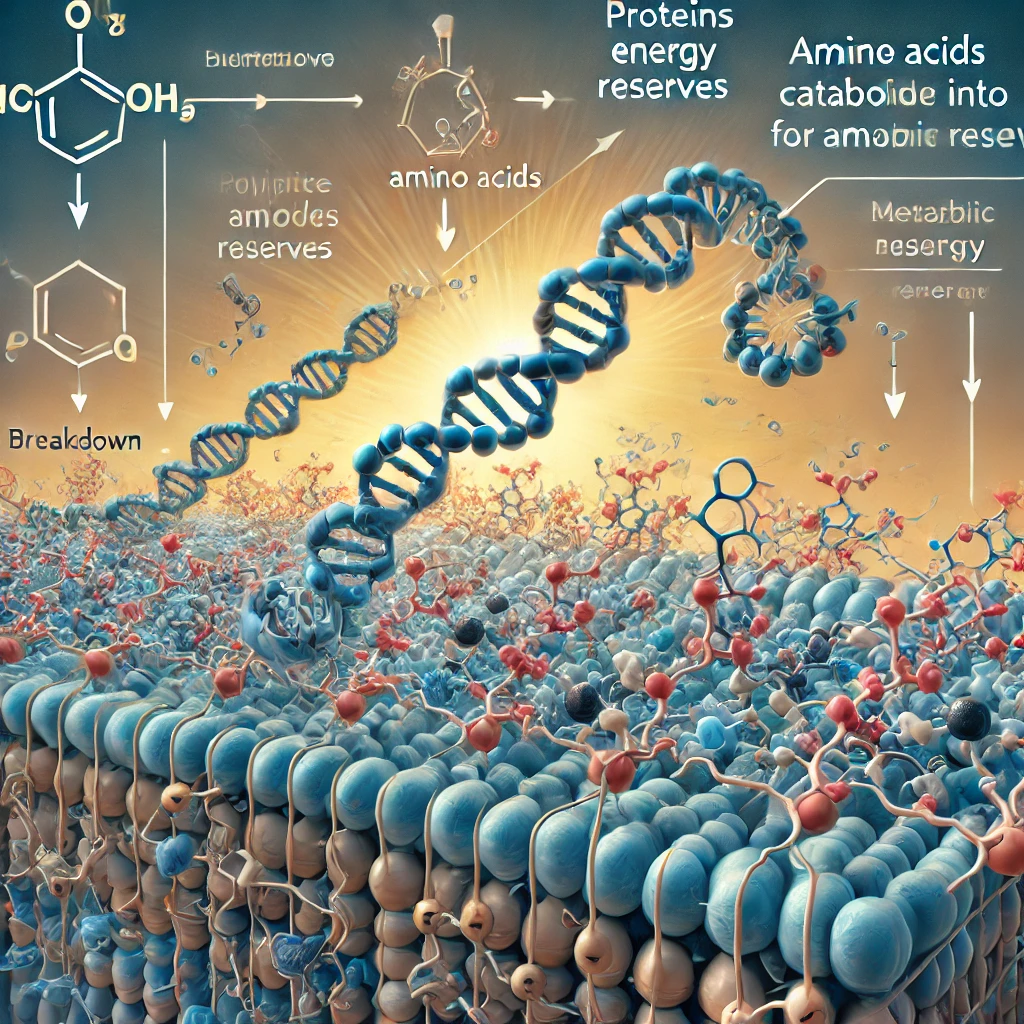
Photosynthesis comprises two main stages: the light-dependent reactions and the Calvin cycle. In the light-dependent reactions, chlorophyll molecules absorb photons of light, exciting electrons to higher energy states. This process occurs within the thylakoid membranes, where photosystems I and II work in tandem to facilitate electron transport chains.
The excited electrons travel through a series of electron carriers, releasing energy that is used to pump protons across the thylakoid membrane, creating a proton gradient. This gradient drives the synthesis of adenosine triphosphate (ATP) via ATP synthase, while the reduction of nicotinamide adenine dinucleotide phosphate (NADP+) forms NADPH. These high-energy molecules—ATP and NADPH—are then utilized in the Calvin cycle to fix carbon dioxide into organic molecules.
At the quantum level, the efficiency of energy transfer within chloroplasts has garnered significant interest. Quantum coherence and entanglement are believed to play roles in the optimal transfer of excitation energy through the photosynthetic complexes, minimizing energy loss and enhancing the overall efficiency of photosynthesis.
Quantum-Level Functioning of Chloroplasts
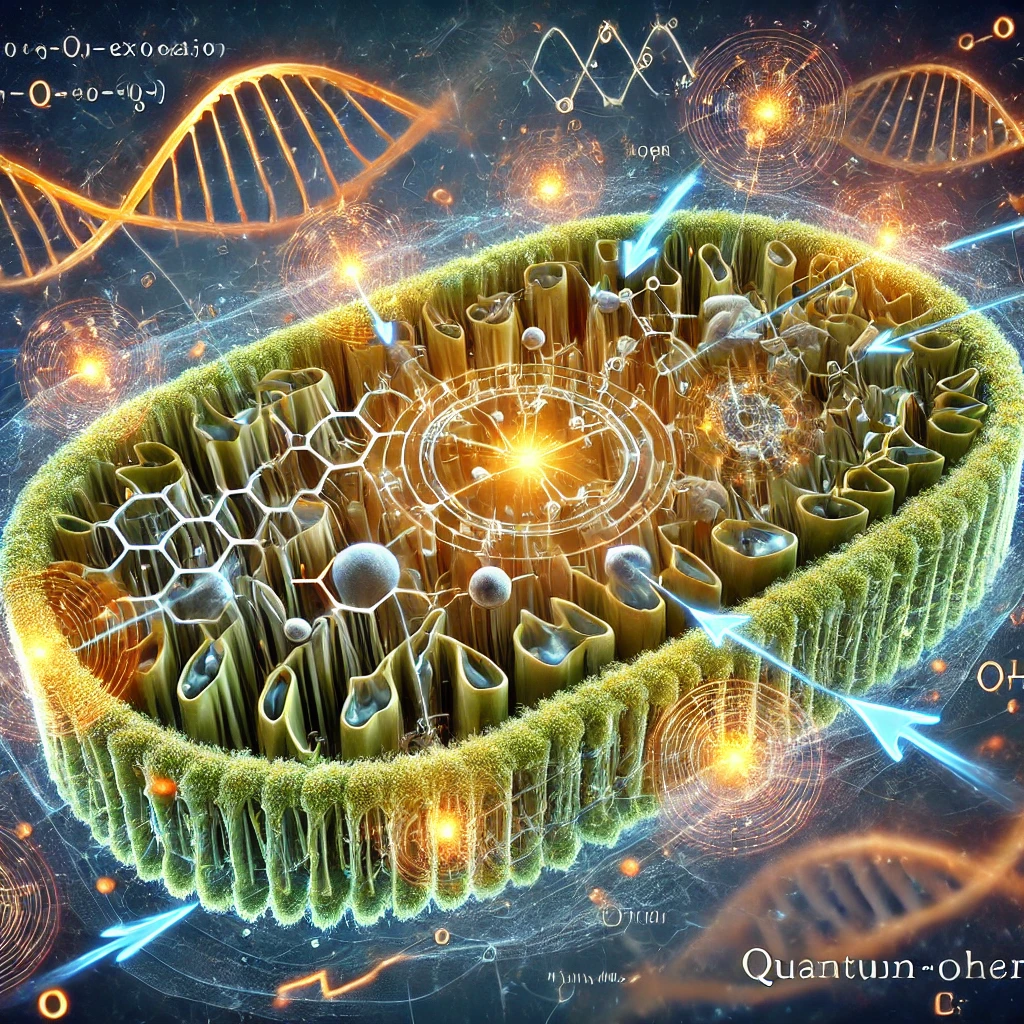
Recent studies in quantum biology have revealed that quantum mechanical phenomena may underlie the remarkable efficiency of energy transfer in chloroplasts. The concept of quantum coherence suggests that excitation energy can explore multiple pathways simultaneously, selecting the most efficient route to the reaction center. This phenomenon reduces the likelihood of energy dissipation and increases the speed of energy transfer.
Furthermore, quantum entanglement may facilitate instantaneous correlations between distant parts of the photosynthetic apparatus, ensuring synchronized energy flow. These quantum effects are thought to occur at very low energy scales and are transient, but their impact on the overall efficiency of photosynthesis is profound. Understanding these quantum mechanisms not only advances our knowledge of biological energy conversion but also inspires the development of artificial photosynthetic systems and quantum technologies.
Storage of Energy in Carbohydrates
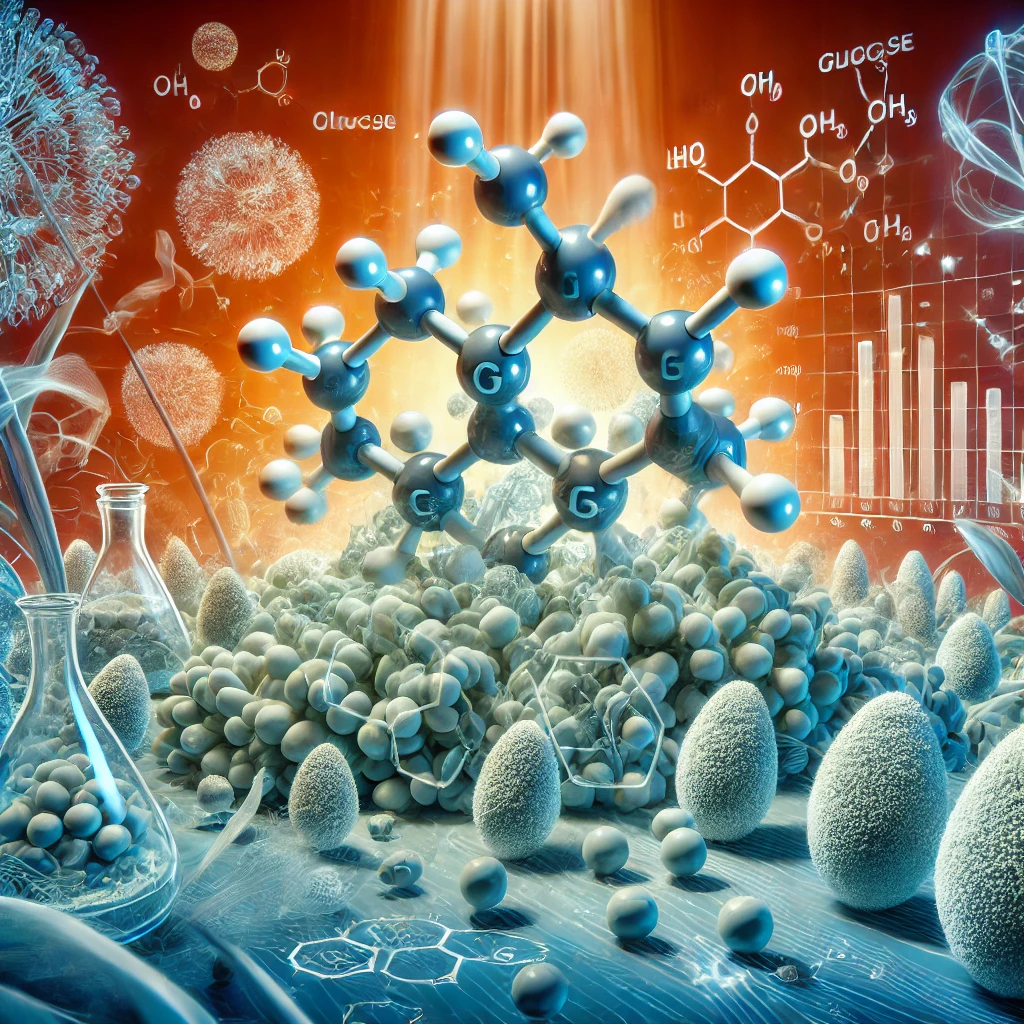
Carbohydrates represent a primary form of stored energy in plants, synthesized during photosynthesis and utilized for growth, reproduction, and metabolism. The Calvin cycle converts carbon dioxide and water into glucose, a simple sugar, which can then be polymerized into more complex carbohydrates such as starch and cellulose.
Starch serves as an energy reserve, stored in plastids and broken down into glucose when the plant requires energy. Cellulose, on the other hand, provides structural support to plant cell walls, contributing to the rigidity and strength necessary for plant growth and stability. The synthesis of carbohydrates involves the formation of glycosidic bonds between monosaccharide units, a process that requires ATP and NADPH generated during the light-dependent reactions.
The efficient conversion and storage of energy in carbohydrates are critical for plant survival, enabling them to sustain metabolic activities during periods of low light or unfavorable environmental conditions. Additionally, carbohydrates serve as the foundation of the food web, supporting a vast array of organisms that rely on plants for sustenance.
Energy Storage in Proteins
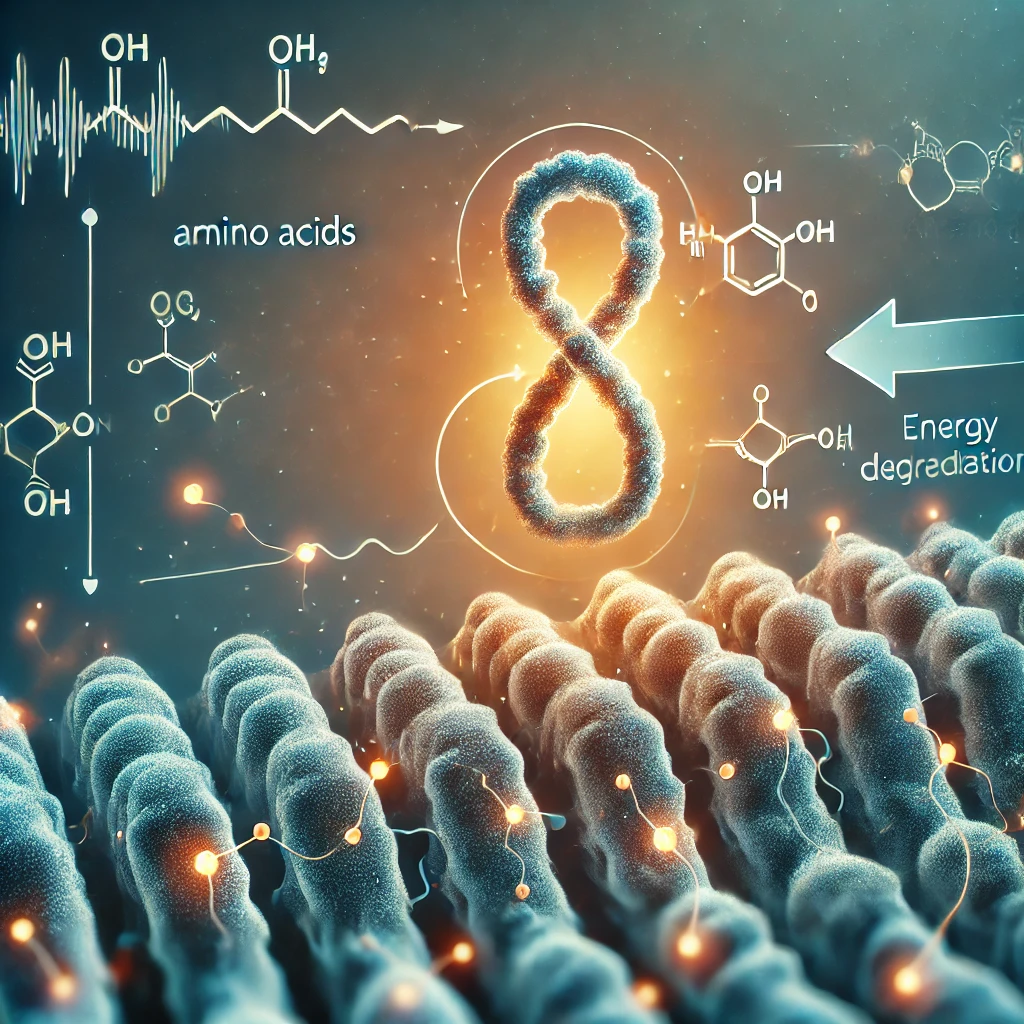
Proteins are essential biomolecules that perform a myriad of functions within living organisms, including enzymatic catalysis, structural support, and signal transduction. While proteins are not primarily regarded as energy storage molecules, they can serve as reservoirs of amino acids, which contain nitrogen and can be repurposed for various metabolic needs.
In the context of energy storage, proteins can be catabolized to generate energy when carbohydrate reserves are depleted. The breakdown of proteins involves deamination, where amino groups are removed and converted into urea, while the carbon skeletons are fed into metabolic pathways such as the citric acid cycle to produce ATP.
Moreover, certain proteins act as storage proteins, accumulating amino acids that can be mobilized during periods of stress or nutrient scarcity. These storage proteins ensure that plants have access to essential building blocks required for growth and repair, even when external resources are limited.
Fats as Energy Reserves
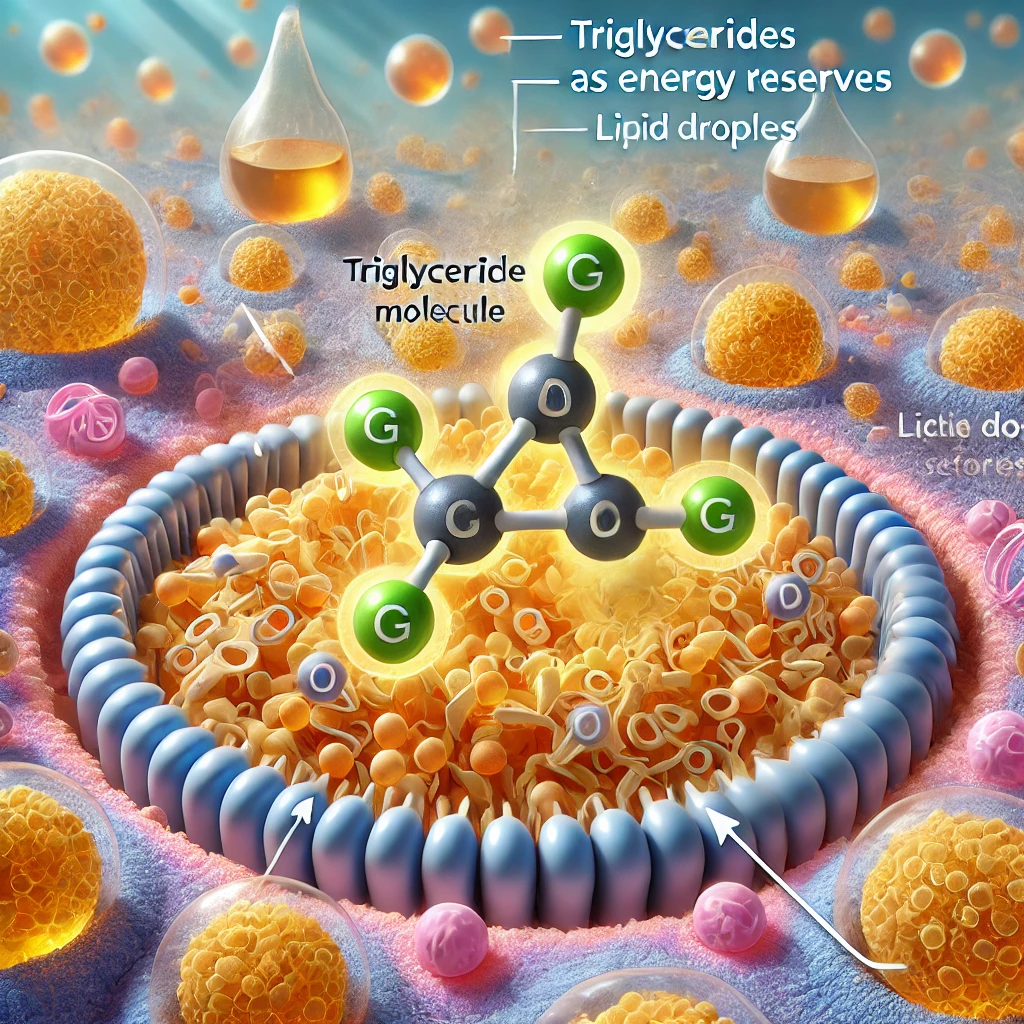
Fats, or lipids, represent another critical form of energy storage in plants and animals. In plants, lipids are stored in seeds and fruits, providing a concentrated source of energy for germination and early growth. Triglycerides, the primary form of stored fats, consist of glycerol esterified with three fatty acid chains, which can be hydrolyzed to release fatty acids and glycerol when energy is needed.
The synthesis of lipids involves the reduction of acetyl-CoA to malonyl-CoA, followed by the formation of fatty acid chains through the action of fatty acid synthase. These fatty acids are then esterified to form triglycerides, stored in lipid droplets within cells.
In animals, fats serve as long-term energy reserves, insulating the body and protecting vital organs. The oxidation of fatty acids in the mitochondria yields a significant amount of ATP, making fats an efficient source of energy during prolonged periods of fasting or intense physical activity.
Integration of Energy Storage Pathways
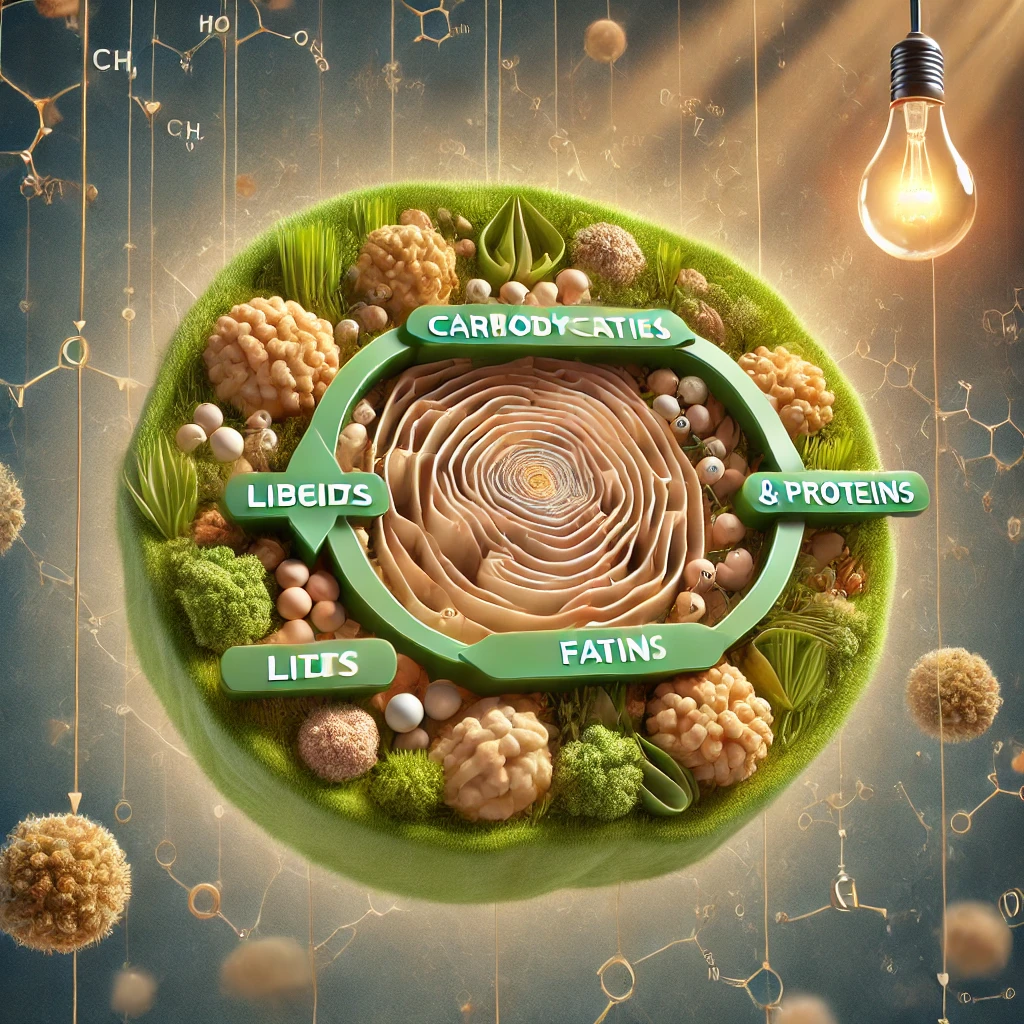
The storage of energy in carbohydrates, proteins, and fats is interconnected, allowing organisms to maintain metabolic flexibility and resilience. Carbohydrates can be converted into lipids through fatty acid synthesis, while proteins can be broken down to supply carbon skeletons for gluconeogenesis or lipogenesis.
This integration ensures that energy reserves are available in various forms, each suited to different physiological needs and environmental conditions. For instance, carbohydrates provide readily accessible energy, proteins offer structural and functional support, and fats serve as dense energy stores for long-term needs.
The regulation of these pathways is tightly controlled by hormonal and enzymatic mechanisms, ensuring that energy is stored and mobilized efficiently in response to internal and external cues. The chloroplast plays a pivotal role in initiating these processes by capturing and converting solar energy into chemical forms that can be distributed and utilized throughout the organism.
Conclusion
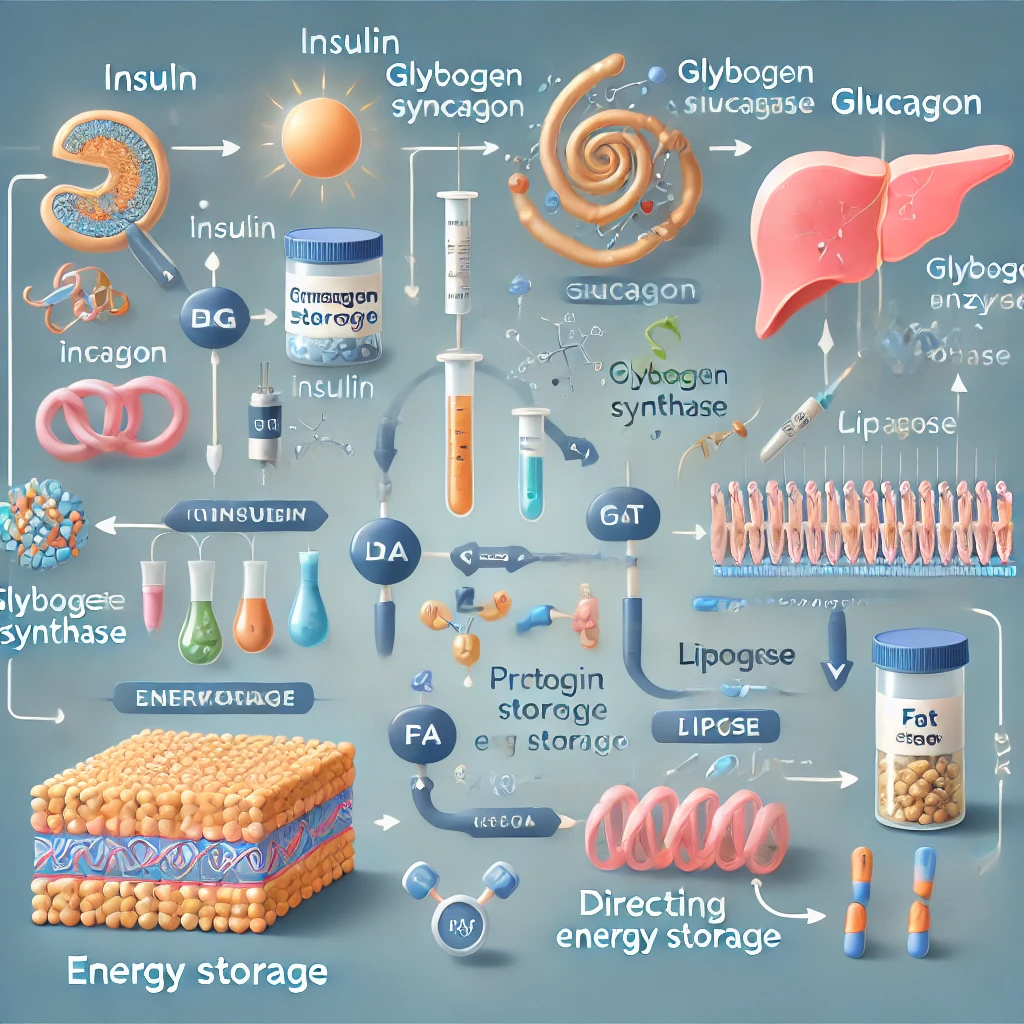
Chloroplasts are extraordinary bio-devices that enable the transformation of electromagnetic energy from sunlight into chemical energy, a process fundamental to life on Earth. Through the intricate mechanisms of photosynthesis, chloroplasts convert light energy into ATP and NADPH, which are then used to synthesize carbohydrates, proteins, and fats—essential biomolecules that store and provide energy for living organisms.
Advancements in our understanding of chloroplast function at the quantum level have unveiled the sophisticated strategies employed by these organelles to maximize energy transfer efficiency. Quantum coherence and entanglement within the photosynthetic complexes highlight the intricate interplay between biology and quantum physics, opening new avenues for research and technological innovation.
The storage of energy in carbohydrates, proteins, and fats ensures that organisms can thrive in diverse environments, maintaining metabolic balance and supporting growth and reproduction. As the ultimate source of energy, the Sun’s influence, mediated through chloroplasts, underscores the profound interconnectedness of energy, biology, and the sustenance of life on our planet.
Understanding these processes not only deepens our appreciation of the complexity and efficiency of natural systems but also informs the development of sustainable energy solutions and biotechnological applications. As we continue to explore the depths of chloroplast function and energy transformation, we uncover the remarkable strategies that sustain life and drive the evolution of biological systems.
ultimate source of energy is sun, and choloroplast is the device to change electromagnet energy to chemical energy, energy traped in carbohyderate, fates and protien, and chloroplast functions at quantum level
Sun’s Energy — The sun is the ultimate source of energy for life on Earth, providing the energy necessary for photosynthesis, which is the process that converts solar energy into chemical energy.
Chloroplast Function — Chloroplasts in plant cells capture sunlight and convert it into chemical energy through photosynthesis, producing glucose and oxygen as byproducts.
Quantum Level Processes — Photosynthesis involves quantum phenomena such as coherence and entanglement, which enhance the efficiency of energy transfer within chloroplasts.
Energy Storage — The chemical energy produced during photosynthesis is stored in carbohydrates, fats, and proteins, which serve as energy sources for living organisms.
Photosynthesis Equation — The general equation for photosynthesis is 6CO2 + 6H2O + Light Energy = C6H12O6 + 6O2, illustrating the conversion of light energy into chemical energy.
Photosynthesis process
Light Absorption — Chlorophyll in chloroplasts absorbs sunlight, initiating the photosynthesis process.
Light Reactions — These occur in the thylakoid membranes, converting solar energy into chemical energy in the form of ATP and NADPH.
Light Reactions — These occur in the thylakoid membranes, converting solar energy into chemical energy in the form of ATP and NADPH.
Oxygen Release — Oxygen is released as a byproduct of the light reactions, contributing to the Earth’s atmosphere.
Energy Transfer — The energy captured is transferred through a series of reactions, ultimately forming glucose.
Quantum Biology in Photosynthesis
Quantum Coherence — This phenomenon allows for efficient energy transfer within chloroplasts during photosynthesis.
Quantum Entanglement — Plays a role in the energy conversion processes, enhancing the efficiency of photosynthesis.
Research Insights — Studies suggest that quantum effects are crucial for the high efficiency of photosynthesis.
Biological Implications — Quantum biology explores how quantum mechanics influences biological processes like photosynthesis.
Ongoing Studies — Researchers continue to investigate the role of quantum phenomena in biological systems.
Energy Storage in organism
Carbohydrates — Glucose produced in photosynthesis is stored as starch in plants, serving as an energy reserve.
Fats — Plants convert excess glucose into fats, which are stored for long-term energy needs.
Proteins — While not a primary energy source, proteins are synthesized using the energy from photosynthesis.
Energy Utilization — Stored energy in carbohydrates, fats, and proteins is used by organisms for growth and metabolism.
Ecosystem Impact — Photosynthesis provides the energy foundation for most ecosystems, supporting life on Earth.
The Transformation of Electromagnetic Energy into Biomolecular Energy: The Role of Chloroplasts in Storing Carbohydrates, Proteins, and Fats
